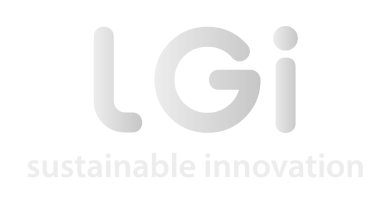Trends in the mobility sector.
A lot of excitement surrounds the prospect of autonomous and connected vehicles and their technological ecosystem. This short interview with Marc Charlet, General Manager of Mov’eo, forecasts the circulation of these vehicles in 2025. The idea of a fully connected and autonomous vehicle has come so close to becoming reality and this makes it all the more interesting.

LGI: What’s behind the current craze for autonomous / connected vehicles?
MC: Autonomous and connected vehicles will transform existing mobility habits. Technological advances in driving aids and connectivity make it possible to offer new services and meet the increasing expectations of users for cleaner, safer and smarter mobility. Autonomous driving in traffic jams, convoying of heavy goods vehicles on motorways, valet parking, independent shuttles to extend public transport lines or automatic cargo service in the city: opportunities abound and some are yet to be discovered. These deployments will boost security, reduce environmental impact, create more productive time, improve on-board welfare and provide greater access to mobility for all.
We are experiencing a real transformation which will revolutionize the entire automotive industry with the inclusion of new applications and players. The societal and economic stakes are colossal. A study conducted by AT Kearney estimates that the autonomous and connected vehicle will represent a market of more than 500 million euros in 2035, half of this market will represent the sales of autonomous vehicles, while the other half will essentially consist of related services and systems.
It is important to support the actors in the automotive ecosystem and make them work in a collaborative manner so that they can deal with challenges and be well-positioned to take on the international competition that goes on in this field. The Mov’eo competitiveness cluster focuses on this.
LGI: When can we hope to see them circulate? (What are the obstacles etc …)
MC: Thanks to the extensive R & D work carried out over the past 15 years, many autonomous vehicles are already in circulation as experiments. It is important to test these technologies in order to learn new associated applications and to link the information gathered to the user-acceptability of these innovations. The International Organization of Motor Vehicle Manufacturers (OICA) has defined several levels of vehicle automation. Level 1 = power steering/ driver assistance; Level 2 = partial automation (continuous supervision of the driver); Level 3 = conditional automation (partial supervision of the driver); Level 4 = high automation (unsupervised); Level 5 = full automation (without driver).
Level 1 and 2 vehicles are already on the roads. The technologies are ready for level 3, the main barrier is regulatory because the Vienna Convention which lays down the rules of road traffic in countries requires the presence of a “driver” in all vehicles. This agreement is currently being revised to take account of the emergence of autonomous vehicles. The first batch of ‘level 3’ vehicles are expected before 2020. Levels 4 and 5 still require a lot of R & D work in order to allow vehicles to operate in all instances and environments (especially urban). Artificial Intelligence, sensor performance, data management and HMI systems are the main subjects of R & D. The first vehicles are expected between 2025 and 2030. Cyber security of connected vehicles will also be a major issue.
ABOUT Mov’eo
As a French competitiveness cluster and key partner in the mobility industry, Mov’eo is convinced that the future of mobility stakeholders in France depends on their ability to compete through innovation.
More on Mov’eo




FOLLOW US